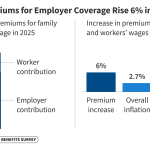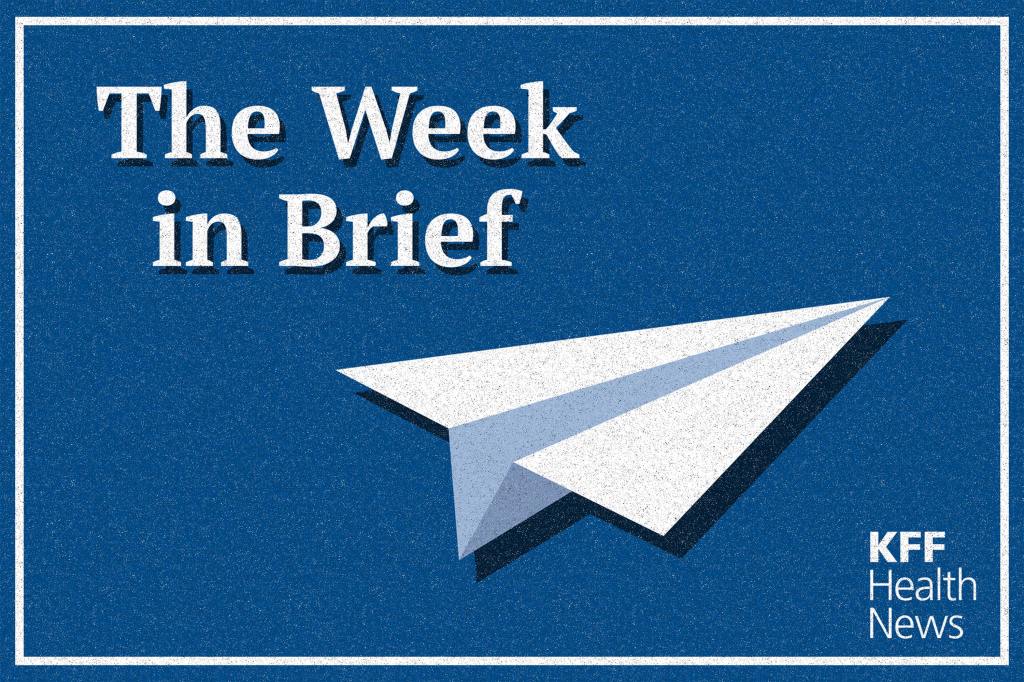The 2025 Employer Health Benefits Survey came out last week. Here are some key findings:
Premium costs
The average annual premiums for employer-sponsored health insurance in 2025 are $9,325 for single coverage and $26,993 for family coverage. Over the last year, the average single premium increased by 5% and the average family premium increased by 6%. Comparatively, there was an increase of 4% in workers’ wages and inflation of 2.7%23. Over the last five years, the average premium for family coverage has increased by 26%, compared to a 28.6% increase in workers’ wages and inflation of 23.5%
Most common type of health plan:
PPOs continue to be the most common plan type in 2025. Forty-six percent of covered workers are enrolled in a PPO, 33% are enrolled in a high-deductible plan with a savings option (HDHP/SO), 12% are enrolled in an HMO, 9% are enrolled in a POS plan, and less than one percent are enrolled in a conventional (also known as an indemnity) plan…The percentage of covered workers enrolled in HDHP/SOs is similar to last year (28%) and five years ago (31%), but higher than the percentage 10 years ago (25%).
Cost sharing by prescription drug tier
Nearly all (99%) covered workers are at a firm that provides prescription drug coverage to enrollees in its largest health plan. Over time, employer plans have incorporated more complex benefit designs for prescription drugs as employers and insurers expand the use of formularies with multiple cost-sharing tiers, as well as other management approaches…
The large majority of covered workers (92%) are in a plan with tiered cost sharing for prescription drugs. Cost-sharing tiers generally refer to a health plan placing a drug on a formulary or preferred drug list that classifies drugs into categories that are subject to different cost sharing or management. Often, there are different tiers for generic, preferred and non-preferred drugs. Plans also create additional tiers that may be used for specialty drugs or more expensive drugs such as biologics. Some plans may have multiple tiers for different categories.
Coverage of GLP-1 medications for Weight Loss
Among firms that offer health benefits with 200 or more workers, 16% of firms with 200 to 999 workers, 30% of firms with 1,000 to 4,999 workers, and 43% of firms with 5,000 or more workers cover GLP-1 agonists when used primarily for weight loss in 2025.
There are lots of great graphs and statistics throughout. You can read the full report here.








